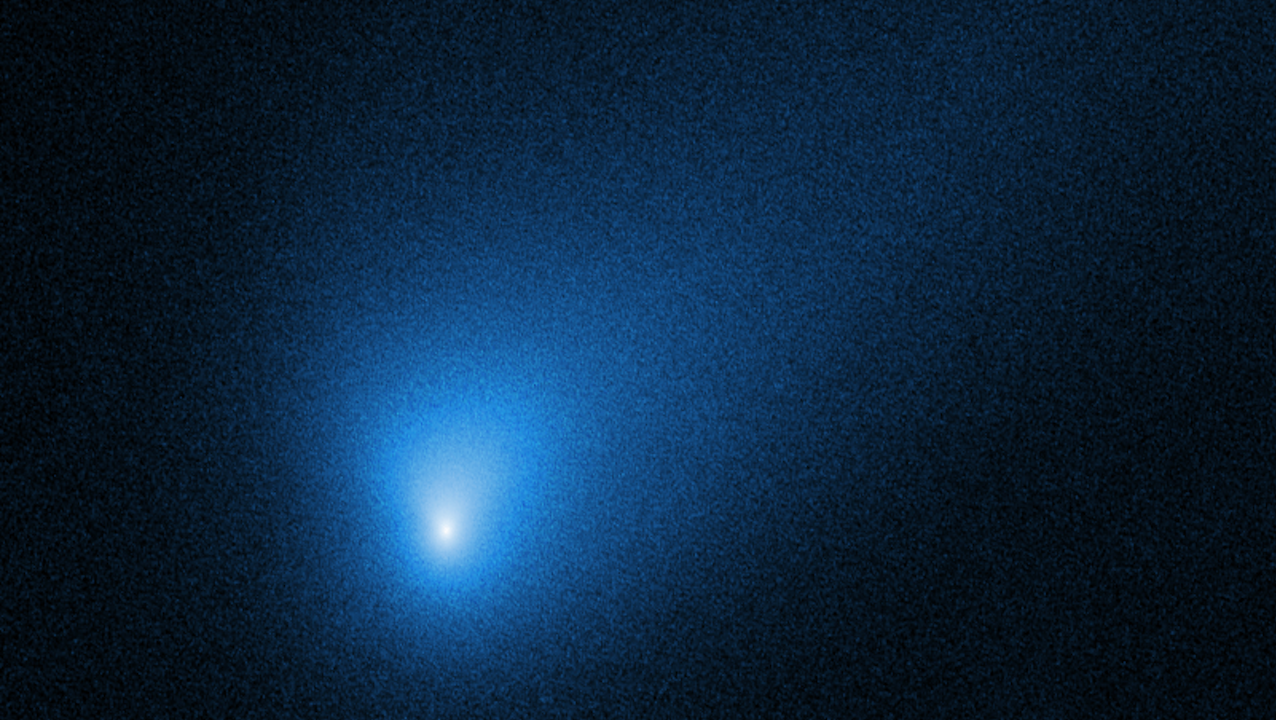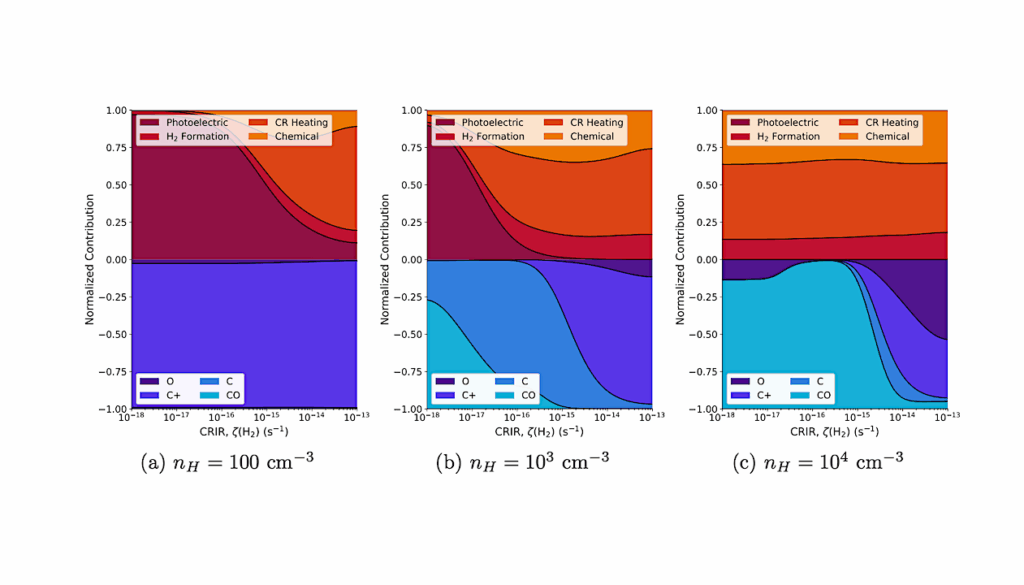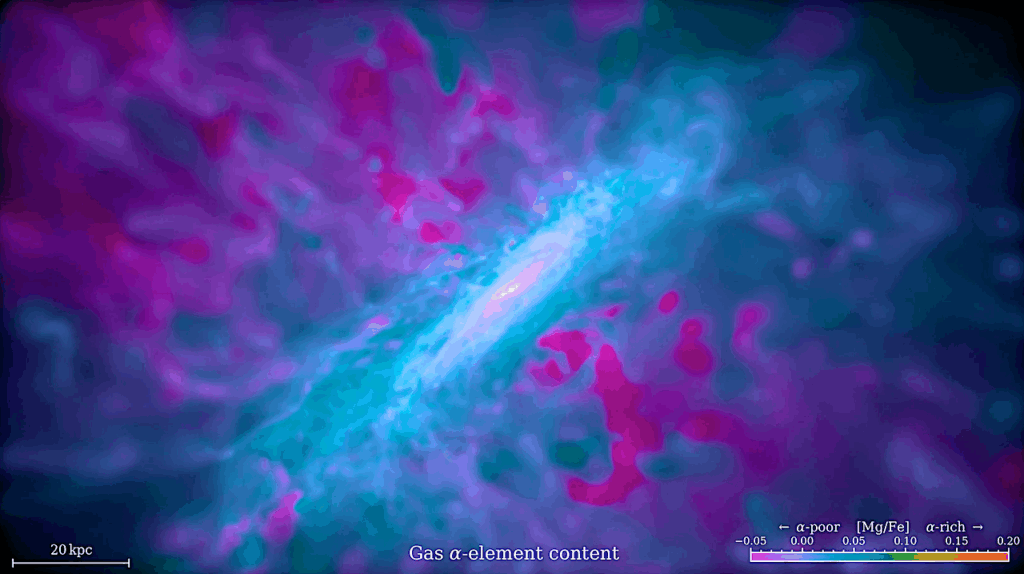Pre-perihelion Monitoring of Interstellar Comet 2I/Borisov

The discovery of interstellar comet 2I/Borisov offered the unique opportunity to obtain a detailed analysis of an object coming from another planetary system, and leaving behind material in our interplanetary space.
We continuously observed 2I/Borisov between October 3 and December 13, 2019 using the 1.52-m Telescopio Carlos Sánchez equipped with MuSCAT2 instrument, and the 2.54-m Isaac Newton Telescope with Wide Field Camera. We characterize its morphology and spectro-photometric features using the data gathered during this extended campaign. Simultaneous imaging in four bands (g, r, i, and zs) reveals a homogeneous composition and a reddish hue, resembling Solar System comets, and as well a diffuse profile exhibiting familiar cometary traits.
We discern a stationary trend fluctuating around a constant activity level throughout October and November 2019. Subsequently, a reduction in activity is observed in December. Dust production and mass loss calculations indicate approximately an average of 4 kg/s before perihelion, while after perihelion the net mass loss is about 0.6 kg/s. Our simulations indicate the most probable size of coma dust particles should be in the range 200-250 nm, and the terminal speed around 300 m/s.
The spectrum acquired with the 4.2-m William Herschel Telescope shows the presence of a strong CN line for which we find a gas production rate of 1.2×1024 s−1. We also detected NH2 and OI bands. The ratio between NH2 and CN productions is log(NH2/CN)=−0.2. Overall, this observing campaign provides a new understanding of 2I/Borisov’s unique characteristics and activity patterns.

The comet spectrum obtained with WHT on 2019 November 26. The upper spectrum contains the dust continuum, whereas the bottom one is the fluorescence spectrum with CN, NH2, and O I bands highlighted. — astro-ph.EP
George P. Prodan, Marcel Popescu, Javier Licandro, Mohammad Akhlaghi, Julia de León, Eri Tatsumi, Bogdan Adrian Pastrav, Jacob M. Hibbert, Ovidiu Văduvescu, Nicolae Gabriel Simion, Enric Pallé, Norio Narita, Akihiko Fukui, Felipe Murgas
Comments: accepted to MNRAS on 12th Feb 2024
Subjects: Earth and Planetary Astrophysics (astro-ph.EP)
Cite as: arXiv:2402.12428 [astro-ph.EP] (or arXiv:2402.12428v1 [astro-ph.EP] for this version)
Related DOI:
https://doi.org/10.1093/mnras/stae539
Focus to learn more
Submission history
From: George Pantelimon Prodan
[v1] Mon, 19 Feb 2024 19:00:00 UTC (2,767 KB)
https://arxiv.org/abs/2402.12428
Astrobiology








